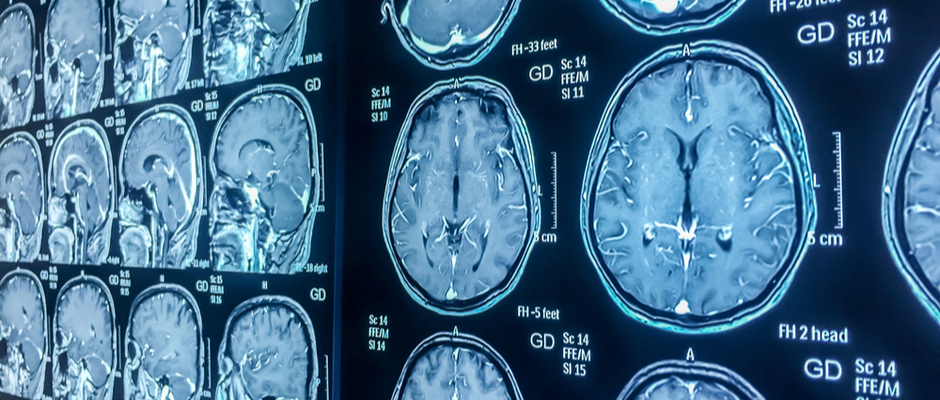Diagnostic Imaging
Imaging — whether it be x-rays, ultrasounds or CT scans — is essential for diagnosing many types of cancer and for monitoring treatment progress.
Thanks to continually improving technology, imaging allows us to accurately diagnose cancer sooner and treat patients earlier and more effectively.
At The University of Toledo Medical Center and the Eleanor N. Dana Cancer Center, you have access to:
- The latest equipment
- Highly trained, courteous staff
- Knowledgeable, accurate radiologists
Our patients are diagnosed with state-of-the-art technology, including:
Digital mammography
- Allows radiologists to get a closer, more detailed look at breast tissue than traditional mammography
- Can be viewed in seconds, helping the mammographer to confirm proper positioning and reduce the likelihood of a patient having to return for additional images
Advanced MRI technology
- Leading-edge MRI machines — 3.0T and open MRI units —that deliver clearer images and allow physicians to better diagnose patients and develop treatment plans
- Special breast imaging capabilities that are optimal for patients who have dense breasts or implants, or who are at high risk for developing breast cancer
- Can reduce the need for more invasive procedures in some cases.
- Allows physicians to more precisely sample suspicious areas. Yields much high cancer detection rates than prostate biopsies done without the aid of MRI technology.
PET/CT scanner
- Our more spacious unit offers a more comfortable experience for patients.
Nuclear medicine imaging
- Two imaging techniques — SPECT and PET scans. Radiopharmaceuticals, or isotopes, are injected into a patient's veins. Physicians then see an image of the path that they make as the material travels through organs and systems.
- Typical scans examine bones, lungs and liver. They show details of an organ’s anatomy as well as how it’s functioning.
- Helps surgeons treat cancer and sometimes prevent surgeries
- Exposure to radiation is low, quick and carefully controlled

